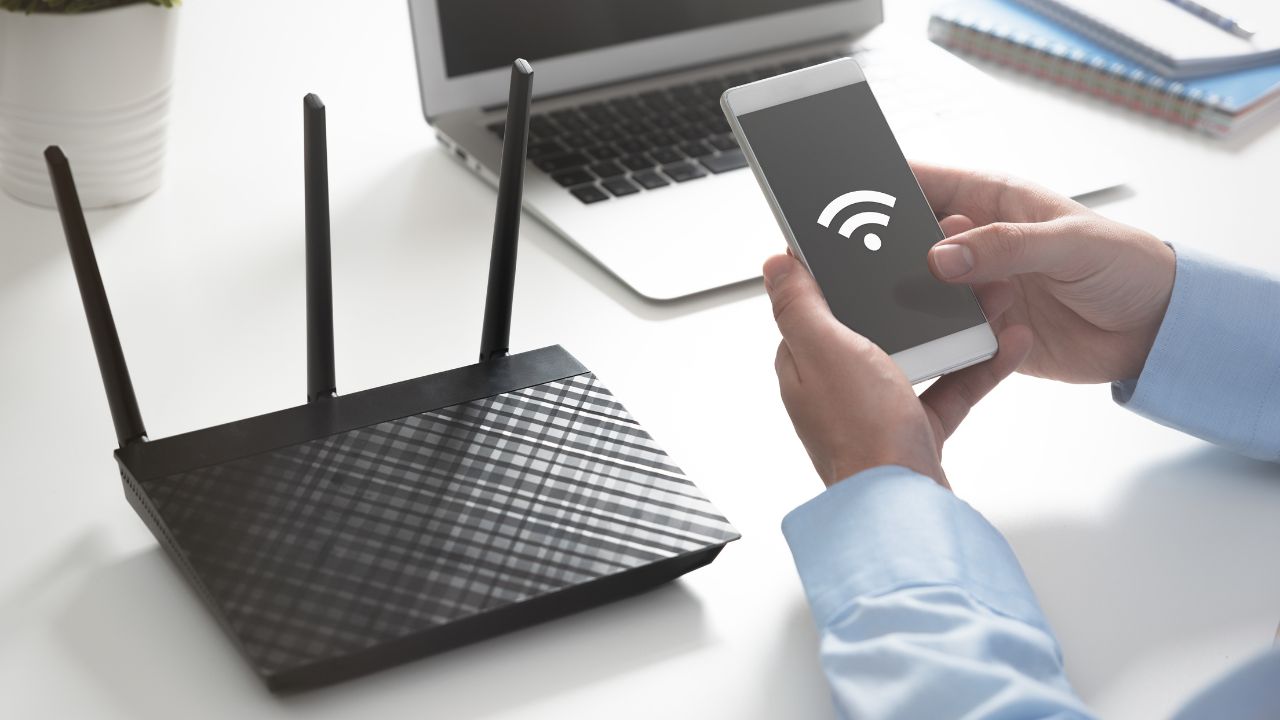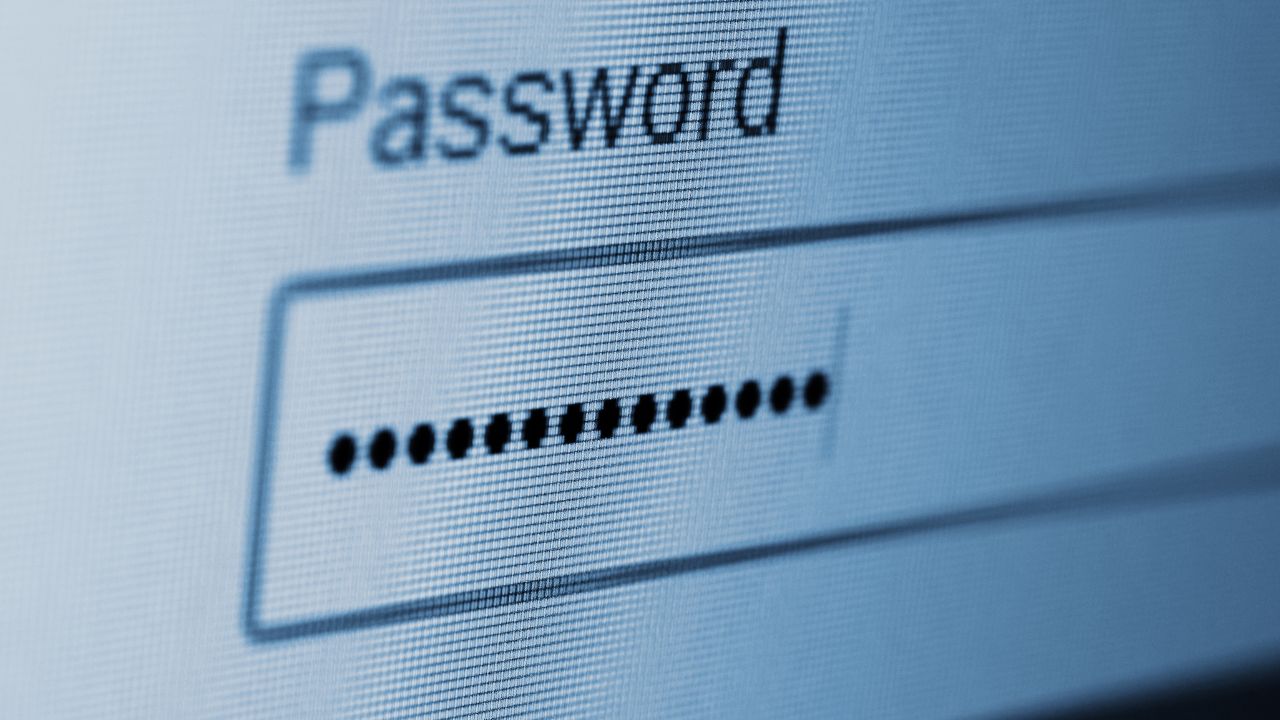Smart home devices can make your life easier by automating simple tasks, such as turning off your lights or locking your front door. However, you should also be aware of the potential risks of using these devices.
Hackers may be able to access your WiFi network and compromise your privacy or security. They could spy on you through your cameras or microphones or steal your personal or financial information.
You can take steps to protect your WiFi network so that you can enjoy your smart home devices worry-free. Here are some of my security tips.
Update your router with an easy tweak
The first thing you should do to make sure that your home network is secure is to look at the settings on your router. Do you have a basic, easy-to-guess username or password such as “Admin” or “Password”? If you do, then you must change those immediately. There may be instructions with your router for how to do this, or you can call your internet provider and have them walk you through the steps.

Run the latest firmware on your router
Running the latest firmware on your router is essential for keeping your network secure and efficient. Firmware is the operating system of your router, and it controls various features and settings. To update your router’s firmware, you need to download the latest version from the manufacturer’s website and install it on your router.
How to update your router’s firmware
The exact steps may vary depending on your router model and brand
Connect your computer to your router with an Ethernet cable. This will ensure a stable connection during the update process.
- Find your router’s IP address and enter it into your web browser. You can usually find the IP address on a sticker on the bottom of your router or by checking your network settings on your computer.
- Log in to your router’s web management page with your username and password. If you don’t know them, you can try the default ones or consult your router’s manual.
- Navigate to the firmware update section and browse for the firmware file that you downloaded from the manufacturer’s website. It should have a .img or .chk extension.
- Click on the upgrade button and wait for the update to complete. Do not turn off or disconnect your router during this time, as it may damage your device.
- Reboot your router to finish the upgrade. You may need to reconnect your devices to the network after the reboot.
Make sure your router has the latest encryption
One of the most important steps to secure your wireless network is to use a strong encryption protocol. Encryption is a process that scrambles your data and makes it unreadable to anyone who intercepts it. The latest encryption protocols for wireless networks are WPA2 and WPA3, which stand for Wi-Fi Protected Access 2 and 3. These protocols use advanced algorithms to protect your network from unauthorized access, data theft, and other potential threats.
How to check what encryption protocol your router is using
You need to log into your router’s web management page. You can do this by entering your router’s IP address into your web browser’s address bar. You can usually find the IP address on a sticker on the bottom of your router, or by checking your network settings on your computer. Once you log in with your username and password, you can navigate to the wireless security section and look for the encryption option. It should show you whether your router is using WPA2 or WPA3.
If your router is using an older encryption protocol
If your router is using an older encryption protocol, such as WEP (Wired Equivalent Privacy), you should upgrade it as soon as possible. WEP is very weak and vulnerable to hacking, and it does not provide adequate protection for your network.
You can upgrade your router’s encryption protocol by downloading and installing the latest firmware from the manufacturer’s website. Alternatively, you can buy a new router that supports WPA2 or WPA3 by default. This will ensure that your wireless network is secure and up to date.
Check out top routers for best security 2023
Create unique passwords
You want to make sure you’re always creating unique passwords, not just for your WiFi network and your smart home devices but for all your accounts. All your passwords should be different, and you should never repeat the same password across multiple accounts because if one account gets breached, then you leave yourself open to having all accounts breached.

MORE: ARE YOUR PASSWORDS SAFE?
The best way to come up with quality passwords and keep track of all your unique passwords is by using a password manager. It will help you to create unique and difficult-to-crack passwords that a hacker could never guess. It also keeps track of all your passwords in one place and fills passwords in for you when you’re logging into an account so that you never have to remember them yourself. The fewer passwords you remember, the less likely you will be to reuse them for your accounts.
One of the best password managers out there is 1Password. With no known security breaches or vulnerabilities, 1Password is a solid option as a paid password manager. It utilizes a well-designed interface, which features core components that are expected from premium, paid password managers. At the time of publishing, it starts at $2.99 a month, billed annually, for a total of $35.88/year, and you can save more with a family option which includes 5 family members for $60/year.
Use 2-factor authentication
Having a strong password is great, and having that strong password backed up by 2-factor authentication is even better. 2-factor authentication will prevent a hacker from getting into your network or other accounts even if they guess your password correctly because it will prompt them to give over more information that they likely won’t have. Many smart home devices support 2FA, including Amazon Echo, Arlo, Google Nest, Ring, and many more, so you should certainly look into how to enable 2-factor authentication if you have one of those devices.

MORE: HOW TO SPEED UP YOUR WIFI, INTERNET CONNECTIONS
Have good antivirus software on all your devices
One of the most common ways for hackers to gain access to any of your devices is by sending an infected email or document or tricking a user into clicking a link that ends up downloading this malware.
Avoid all of this by installing antivirus software that will detect any potential threat before it is able to take over your device or router.
Having antivirus software running on your devices will make sure you are stopped from clicking on any malicious links or from downloading any files that will release malware into your device and potentially have your private information stolen.
Special for CyberGuy Readers: My #1 pick is TotalAV, and you can get a limited-time deal for CyberGuy readers: $19 your first year (80% off) for the TotalAV Antivirus Pro package.
Kurt’s key takeaways
Just because hackers are constantly looking for ways to break into your networks doesn’t mean you shouldn’t enjoy all the perks of having smart home devices in your home. Follow these steps, and you’ll be safer with your home’s privacy and security.
What other security measures have you taken to protect your smart home devices? Do you wish you could do more? Let us know by commenting below.
FOR MORE OF MY TECH TIPS AND SECURITY ALERTS, SUBSCRIBE TO MY FREE CYBERGUY REPORT NEWSLETTER HERE
Answers to the most asked CyberGuy questions:
- What is the best way to protect your Mac, Windows, iPhone, and Android devices from getting hacked?
- What is the best way to stay private, secure, and anonymous while browsing the web?
- How can I get rid of robocalls with apps and data removal services?
Copyright 2023 CyberGuy.com. All rights reserved. CyberGuy.com articles and content may contain affiliate links that earn a commission when purchases are made.


